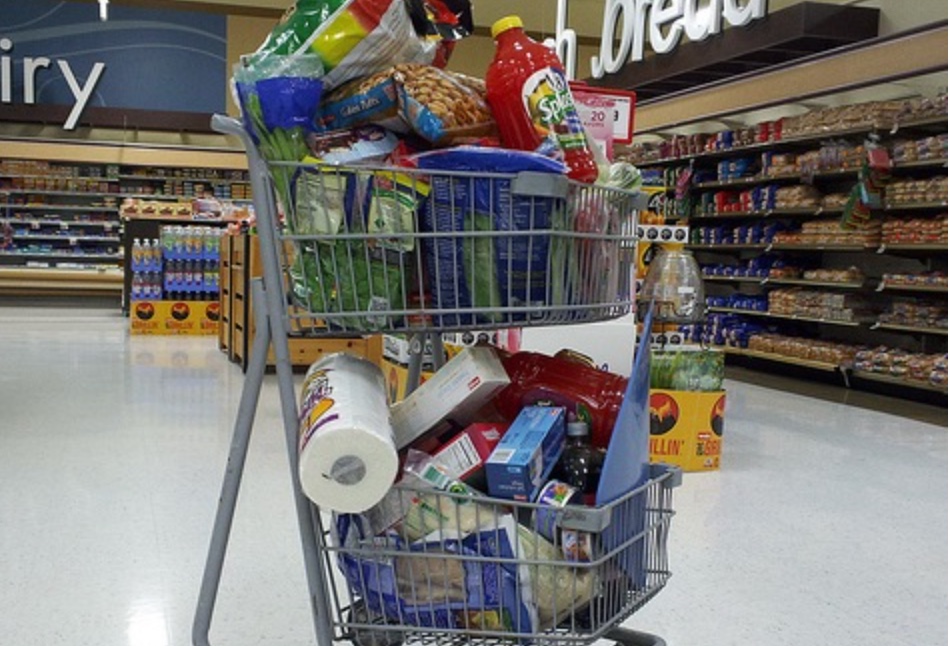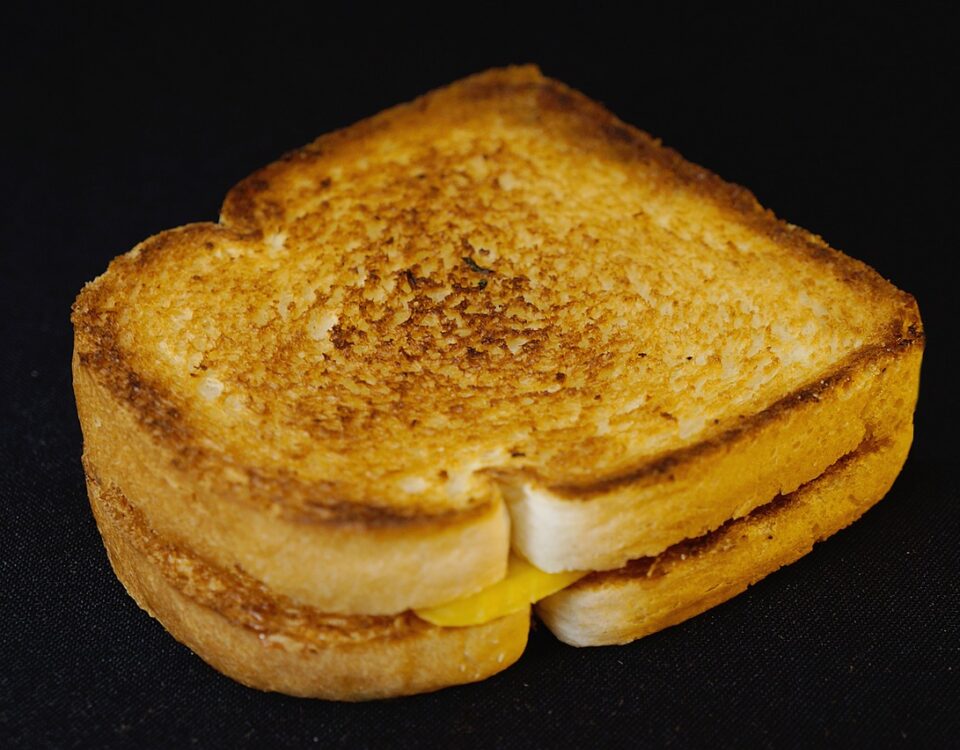
Our Weekly Economic News Roundup: From Who We Love to Where We Live
February 11, 2023
What an Economist Might Say on Valentine’s Day
February 13, 2023Friends and sweethearts everywhere were relieved.
After the maker of Neccos, Sweethearts, and Canada Mints filed for bankruptcy, the Spangler Candy Company rescued the brand with its $19 million (or so) purchase during 2018.
Where are we going? To why we would have missed a candy that we didn’t love to eat.
Valentine’s Day Candy Hearts
We could say that Necco and Sweethearts are siblings. Not famous for their taste, the candies’ flavors are a “plaster surprise.” At its original website, Necco told us that its wafers were ideal for the troops during World War II because the candy “is practically indestructible during transit…” Perhaps for a similar reason, reputedly, the wafers were used at tollbooths to avoid paying.
But now, preparing for Valentine’s Day, many of us will buy their Sweethearts. Whereas Sweethearts’ traditional messages could say First Kiss or Call Me, they did move from Fax Me, to Page Me, to Email Me, and most recently, Text Me. Spangler told the NY Times that messages like Purr Fect reflect this year’s Pets theme. Last year, hoping to give people “a lift,” they said they added “Youda Best.”
As economists we could say the conversation hearts market became a duopoly after Brach’s introduced its hearts during the 1950s. Some say the Brach’s version has more flavor. It also appears to be up-to-date:

Our Bottom Line: The Endowment Effect
Behavioral economists have explained why we like to stick with what we are used to. Called the endowment effect, when we have enjoyed a brand or taste for years, we tend to inflate its value. The result? We prefer to remain with what we have.
And for that reason, a candy we don’t like to eat is the Valentine’s Day best seller.
My sources and more: The synergy between a new NY Times article and this 2018 econlife post inspired today’s focus on Necco. Their current maker, Spangler, gives some history at their website.
![econlifelogotrademarkedwebsitelogo[1]](/wp-content/uploads/2024/05/econlifelogotrademarkedwebsitelogo1.png#100878)




